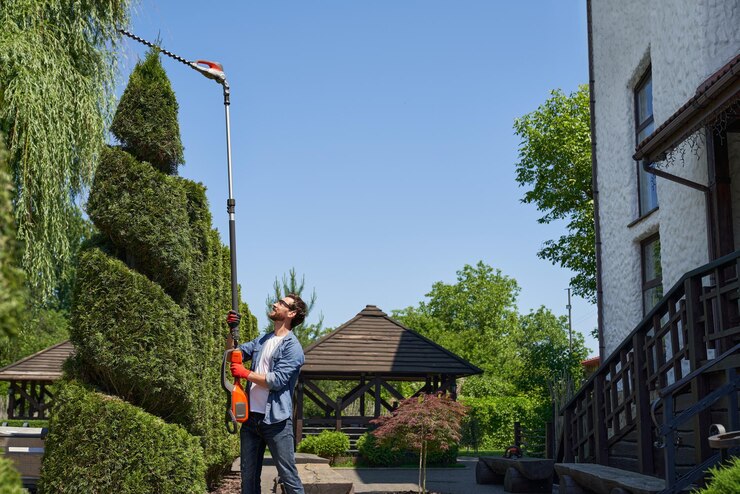When constructing a building, following the Florida Building Code is crucial to ensure safety, durability, and compliance with local regulations. One essential element of construction that is often overlooked is the footing vapor barrier. This component plays a vital role in moisture control, protecting the structure from damage and improving indoor air quality. In this article, we’ll explore what a footing vapor barrier is, its importance, and how it fits into the Florida Building Code.
What is a Footing Vapor Barrier?
A footing vapor barrier is a protective layer, typically made of polyethylene or similar materials, installed beneath the foundation or concrete slab of a building. Its primary purpose is to prevent moisture from seeping up from the ground into the building’s structure. In humid regions like Florida, where groundwater levels are often high and moisture is prevalent, a vapor barrier is essential for maintaining the integrity of the building over time.
Importance of a Vapor Barrier in Florida
Florida’s climate poses unique challenges for construction. The state’s high humidity, frequent rainfall, and warm temperatures can lead to significant moisture problems if proper precautions aren’t taken during the building process. Excess moisture in a foundation can cause a range of issues, including:
- Mold and mildew growth: Moisture trapped beneath a building can lead to mold, which is not only harmful to the structure but can also pose serious health risks to occupants.
- Structural damage: Prolonged exposure to moisture can weaken concrete, cause wood to rot, and lead to cracks in the foundation.
- Energy inefficiency: Buildings with high moisture levels often experience higher energy bills because more energy is needed to cool or dehumidify the air inside.
Florida Building Code Requirements for Footing Vapor Barriers
The Florida Building Code mandates the use of vapor barriers under concrete slabs for most types of construction, particularly for residential buildings. According to the code, a vapor barrier must be at least 6 mils thick, typically made of polyethylene or similar durable materials. The barrier should cover the entire area beneath the concrete slab and overlap at the seams to provide continuous protection against moisture.
Key Guidelines from the Code:
- Thickness: The vapor barrier must be a minimum of 6 mils thick, providing a robust defense against moisture.
- Placement: It should be installed directly beneath the slab, ensuring full coverage of the foundation.
- Overlap: The edges of the vapor barrier must overlap by at least 6 inches to prevent gaps that could allow moisture to penetrate.
- Sealing: Any seams or punctures in the vapor barrier must be sealed with waterproof tape to maintain its effectiveness.
Benefits of Installing a Vapor Barrier
The installation of a footing vapor barrier offers multiple benefits, particularly in Florida’s challenging climate:
- Prevents Moisture Damage: By blocking moisture from entering the foundation, a vapor barrier protects the structural integrity of the building.
- Improves Indoor Air Quality: Reducing the risk of mold growth helps maintain better air quality inside the building, making it a healthier space for occupants.
- Increases Energy Efficiency: Buildings with vapor barriers tend to have lower energy costs because they require less dehumidification to maintain comfortable indoor conditions.
- Extends the Lifespan of the Structure: A well-installed vapor barrier can significantly prolong the life of a building by preventing moisture-related deterioration.
Common Mistakes in Vapor Barrier Installation
While vapor barriers are a straightforward solution to moisture problems, improper installation can reduce their effectiveness. Some common mistakes to avoid include:
- Using the wrong material: Not all vapor barriers are created equal. Using a material that’s too thin or not durable enough can lead to future moisture issues.
- Improper sealing: Failing to seal seams properly allows moisture to seep through, undermining the purpose of the barrier.
- Skipping installation: Some builders may overlook the need for a vapor barrier in areas they deem unnecessary. However, the Florida Building Code requires consistent installation to ensure moisture control throughout the structure.
How to Ensure Proper Installation
To ensure that your building is fully protected, it’s important to follow these steps during vapor barrier installation:
- Choose High-Quality Materials: Select a vapor barrier that meets or exceeds the Florida Building Code’s requirements for thickness and durability.
- Ensure Full Coverage: The barrier should cover the entire area beneath the foundation, with no gaps or uncovered spots.
- Seal Every Seam: Use waterproof tape or other sealing methods to secure seams and repair any punctures that may occur during installation.
- Hire Experienced Contractors: If you’re not confident in installing the vapor barrier yourself, it’s best to hire professionals with experience in meeting Florida Building Code standards.
Conclusion
The Florida Building Code’s guidelines for footing vapor barriers are designed to protect buildings from the potentially devastating effects of moisture intrusion. By installing a vapor barrier beneath your building’s foundation, you can prevent mold growth, avoid structural damage, and increase the energy efficiency of the structure. Whether you’re a builder or a homeowner, ensuring compliance with these requirements is essential for long-term durability and comfort.
In Florida’s humid environment, a well-installed vapor barrier is not just a code requirement—it’s a crucial investment in the health and longevity of your building.
Stay tuned for the latest updates and notifications from TechBuild, where we bring you cutting-edge insights, trends, and innovations from the world of technology. Don’t miss out on essential information to stay ahead in the tech industry!











